Art & Exhibitions
‘We Failed’: A Cleveland Museum Apologizes for Cancelling an Exhibition on Police Brutality Without Consulting the Artist
"Institutional white fragility led to an act of censorship," the artist Shaun Leonardo said.
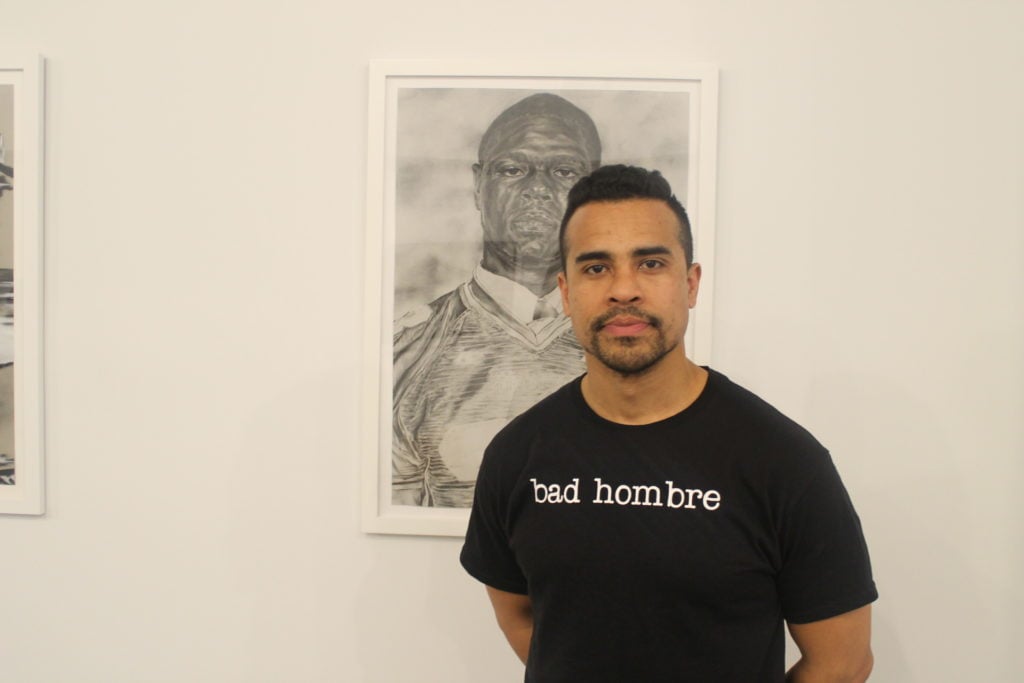
"Institutional white fragility led to an act of censorship," the artist Shaun Leonardo said.

Sarah Cascone

This weekend, the Museum of Contemporary Art Cleveland had planned to open a show that could not be more timely: an exhibition of drawings by the artist Shaun Leonardo depicting scenes of police officers killing African American and Latino men. But the exhibition was quietly cancelled back in March—and now, against the backdrop of historic protests sparked by the deaths of George Floyd and Breonna Taylor at the hands of police, the museum’s decision, and the artist’s opposition to it, have become public.
The artist was originally informed several months ago that the museum planned to cancel the exhibition, organized by independent curator John Chaich. “We encountered troubling community response that suggested at this time we were not prepared to engage with the lived experiences of pain and trauma that the work evokes,” the museum told the artist in a now-public message.
In a statement released this week, Leonardo criticized the institution for not involving him in these conversations and accused it of censoring the show rather than confronting the difficult issues it raised. “Amid this seemingly impossible moment we are living through, I’ve struggled with speaking about the exhibition at all,” Leonardo told the New York Times. But he felt compelled to break his silence to counter “what I saw as empty messaging coming out of primarily white art institutions since the death of George Floyd.”
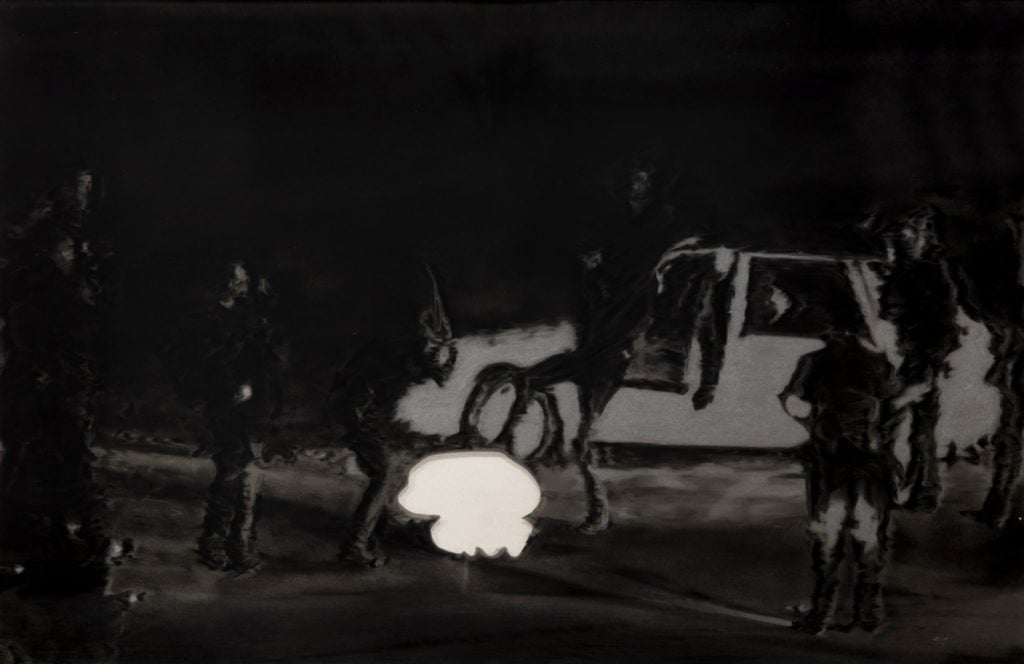
Shaun Leonardo, Rodney King, (2017). Courtesy the artist.
Leonardo’s charcoal drawings display scenes of police violence—Eric Garner in a chokehold, the beating of Rodney King, the Cleveland park where Tamir Rice was killed—from various angles, sometimes blurring the surroundings or rendering the victim as a void.
“I must make it clear that I was never given the opportunity to be included in outreach, and therefore, never had a moment to engage any community member regarding the show,” Leonardo said in his statement this week. “After grave mishandling of communication regarding the exhibition, institutional white fragility led to an act of censorship.” (Leonardo declined to comment further to Artnet News.)
Ironically, some of the artist’s work—which has revolved around social practice and issues of justice since 2012, when Trayvon Martin’s death sparked a national reckoning—is directly related to community engagement and difficult conversations. Last year, the Guggenheim hosted a workshop-performance by Leonardo that engaged people on different sides of the gun debate.
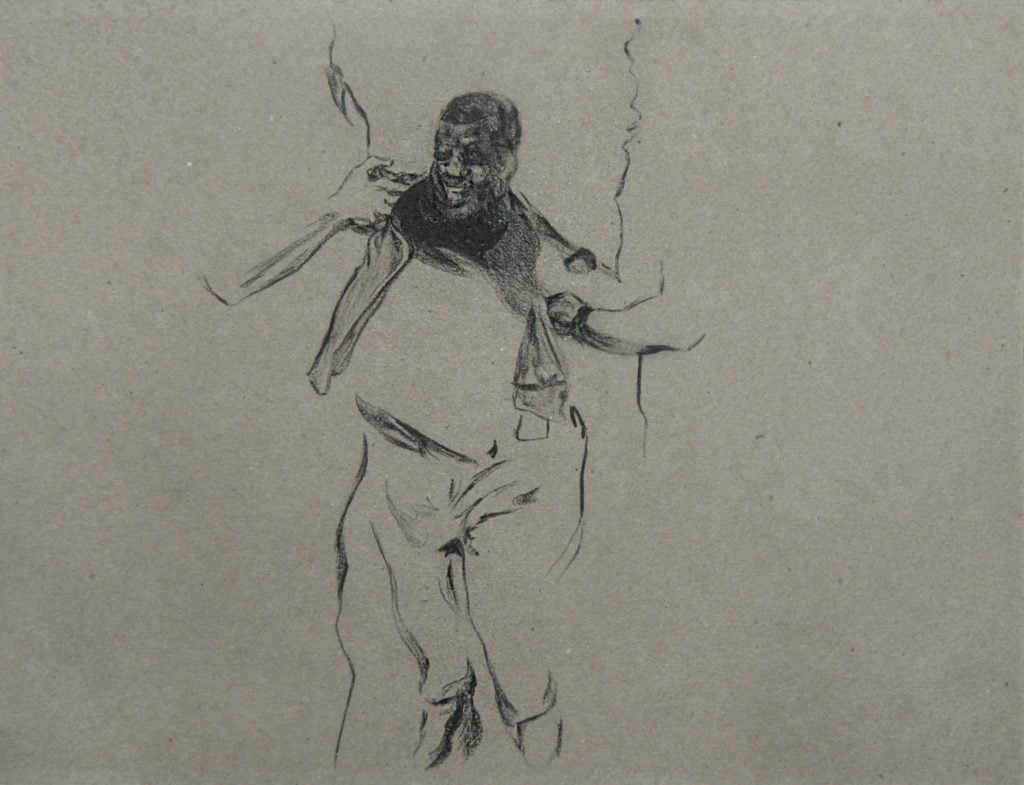
Shaun Leonardo, Freddie Gray (drawing 2), 2015. Courtesy the artist.
In response to Leonardo’s statement, the museum posted a second apology to its website that sought to shed more light on its thinking. “Prominent voices in the activist community” feared the artwork “could stir trauma, leading to pain and harm,” explained museum executive director Jill Snyder. “In responding to this feedback, regretfully we did not engage Mr. Leonardo in creating space for dialogue and debate. We did not expand the conversation within our community. We prevented ourselves and our community from having the difficult and urgent conversations that contemporary art seeks to advance.”
After speaking with more people, Snyder said she realized the concerns about the show were not as widespread as she initially believed. “There were voices of those who believe that presenting the work, as uncomfortable as it would have been for the Cleveland community, would have been a brave and productive step,” she told Cleveland.com.
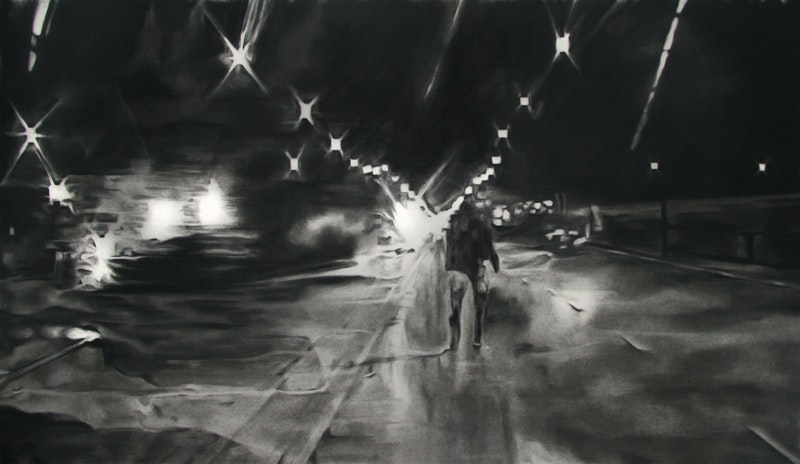
Shaun Leonardo, Laquan McDonald (drawing 2), 2016. Courtesy the artist.
That appears to be how the exhibition was received in Baltimore, where the police killing of a 25-year-old African American man, Freddie Gray, became a flashpoint for protests in 2015. “The Breath of Empty Space” was shown without controversy at the Maryland Institute College of Art, from January 30 to March 15, 2020.
The show’s cancellation in Cleveland comes at a time when museums have had to reconsider the way they present potentially traumatizing work. After the Whitney Biennial’s inclusion of Open Casket, a painting by white artist Dana Schutz of Emmett Till, sparked widespread protest and accusations of appropriation in 2017, many institutions adopted the practice of reaching out to community members ahead of time to test the waters before they mount a sensitive show. But in doing so, they engage in a delicate balancing act, hoping not to upset audiences without censoring the artist’s vision.
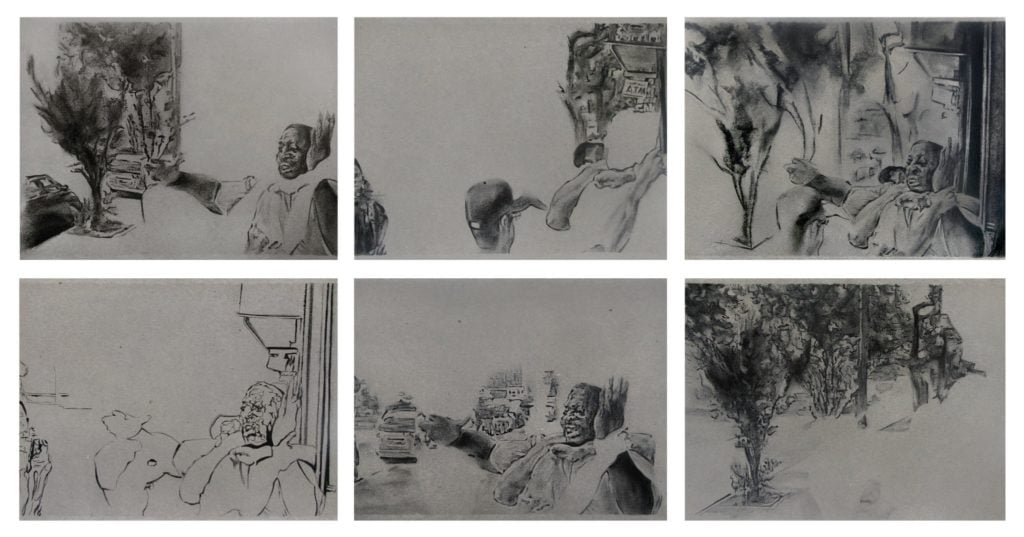
Shaun Leonardo, Freddie Gray (drawings 1–6), 2015. Courtesy the artist.
When it was preparing the Leonardo show, the museum was warned that “there is a way in which institutions like MoCA put that pain and trauma on display disrespectfully and somewhat gratuitously—that there is a performative aspect to our presentation of it,” Snyder told the New York Times. (She declined to comment further to Artnet News, or offer additional information about how the museum engaged community members in the discussion.)
In the end, the MoCA appears well aware that it erred in not including Leonardo, who identifies as Afro-Latino, in the conversation and pushing past initial discomfort. “As has been made clear these past weeks, the time has come to confront racism with unflinching honesty,” she added in the written apology. “The work of anti-racism involves taking responsibility and supporting risk. We did not do this. We failed. We are learning now.”